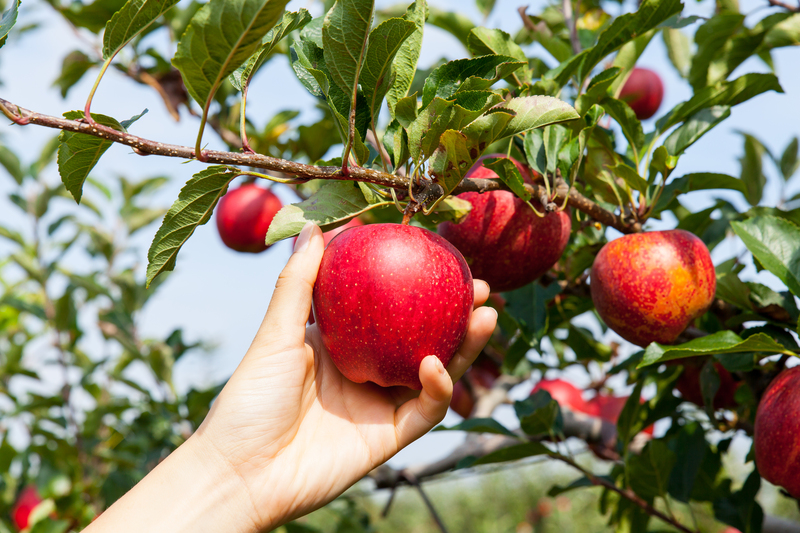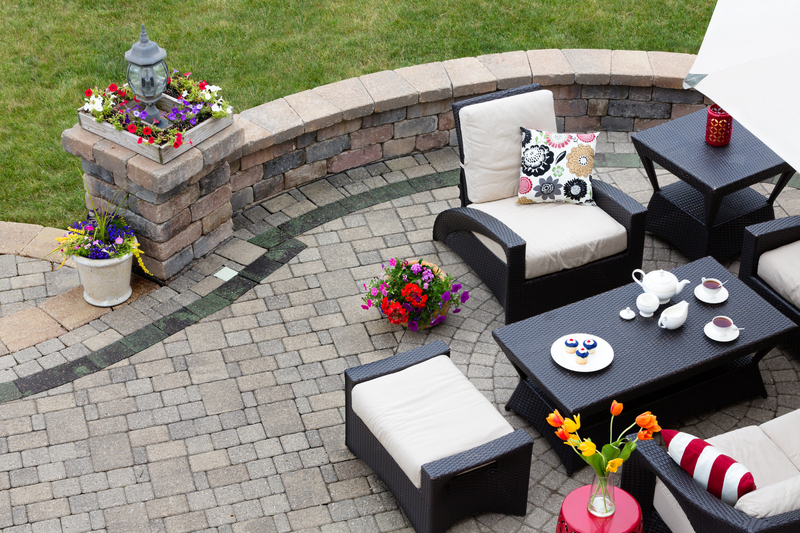Master Potatoes in Pots: No Garden Needed
Posted on 06/08/2024
Why Grow Potatoes in Pots?
Growing potatoes in pots is an excellent solution for those with limited space or poor soil quality. It enables urban gardeners, apartment dwellers, or anyone without access to a traditional garden to enjoy the satisfaction and taste of home-grown potatoes.
Pots offer several advantages, such as mobility, better pest control, and easier harvesting. Not to mention, the flexibility to control the soil quality and growing environment to suit the specific needs of your potato plants.

Choosing the Right Pot
The success of your potato crop begins with selecting the right pot. Here are some tips on what to look for:
- Size: Potatoes have a deep root system, so choose a pot that is at least 12 inches deep and 16 inches wide. Larger pots allow for better root growth and healthier plants.
- Material: Containers made from plastic, fabric, or wood are all viable options. Fabric pots, in particular, are great for potatoes as they promote better aeration and drainage.
- Drainage: Ensure that the pot has adequate drainage holes to prevent waterlogging, which can lead to rotting tubers.
Preparing the Soil
Creating the right soil mix is crucial for potato cultivation. Potatoes thrive in loose, well-draining, and nutrient-rich soil. Here's a suggested mix:
- Garden Soil: Use high-quality garden soil as the base.
- Compost: Add compost to enrich the soil with essential nutrients.
- Perlite or Sand: Mix in perlite or sand to improve drainage and aeration.
Fill the pot about one-third full with this mix before planting the seed potatoes.
Planting Seed Potatoes
Seed potatoes are small, certified disease-free potatoes specially meant for planting. Follow these steps to plant them properly:
- Chit the Seed Potatoes: Place the seed potatoes in a light, cool place until they sprout. This process, known as chitting, encourages strong initial growth.
- Cut Larger Potatoes: Cut larger seed potatoes into pieces ensuring each piece has at least two eyes (buds).
- Planting: Place the chitted seed potatoes with sprouts facing upwards about 4 inches into the soil. Space them evenly with about 5-6 inches apart.
Watering and Fertilizing
Consistent moisture is key, but avoid waterlogging the soil. Water the potatoes thoroughly whenever the top inch of soil feels dry. Be cautious, as excessive watering can lead to rot. Consider these tips:
- Mulch: Adding a layer of straw or mulch on top helps retain moisture.
- Fertilizer: Use a balanced fertilizer every few weeks to promote robust growth.
Hilling the Plants
Hilling, or adding soil around the base of the plants as they grow, is crucial for growing healthy potatoes. This process protects developing tubers from sunlight (which can cause greening) and increases yield.
When your plants are about 6-8 inches tall, gently mound soil around the stems, leaving the top few inches of the plant exposed. Repeat this process as the plants continue to grow, usually when they reach another 6-8 inches above the mound.
Harvesting Your Potatoes
Patience is vital when growing potatoes in pots. Most varieties are ready for harvest 10-12 weeks after planting. Here's how to tell when they're ready:
- Flowering: Many potato plants will flower before the tubers are ready.
- Foliage Die-back: When the plant's leaves start to yellow and die back, it's a sign that the potatoes have matured and are ready for harvest.
To harvest, gently empty the pot or dig around carefully to avoid damaging the tubers. Brush off excess soil and let them dry before storing.
Pros and Cons
Pros
- No garden space required
- Better pest and disease control
- Easier harvesting
- Mobility and flexibility in growing conditions
Cons
- Limited yield compared to traditional gardens
- Requires regular monitoring and maintenance
Tips for Success
- Choose disease-resistant potato varieties.
- Monitor the soil moisture regularly, especially during hot weather.
- Rotate the pots periodically to ensure even light distribution.
- Use organic fertilizers and pest control methods.

Takeaways
- Growing potatoes in pots is a viable option for those without garden space.
- Proper pot selection, soil preparation, and regular care are crucial for a successful harvest.
- Be aware of the pros and cons to make informed decisions.
- Following the tips can significantly enhance your potato-growing experience.
Conclusion
Mastering the art of growing potatoes in pots is both rewarding and practical for those with limited space. Through careful pot selection, soil preparation, and maintenance, you can enjoy a fresh, home-grown harvest. Moreover, the convenience of container gardening alleviates many traditional gardening challenges. So why wait? Grab some pots, seed potatoes, and get ready to enjoy the delicious taste of home-grown potatoes without needing a garden!



